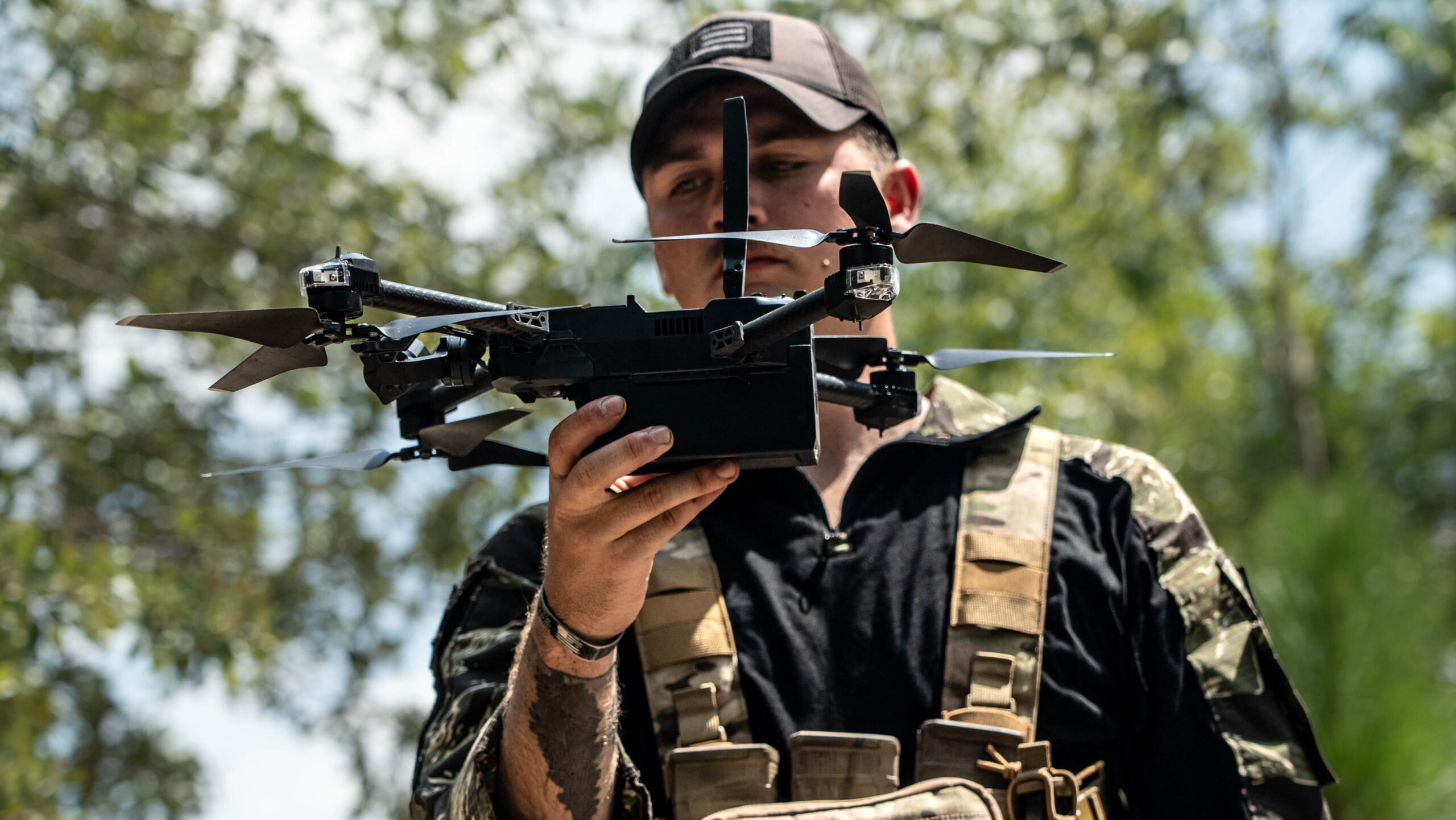The United States Army is actively pursuing cutting-edge solutions in Artificial Intelligence and Machine Learning to revolutionize its airspace management capabilities, particularly under the ambitious Next Generation Command and Control (NGC2) initiative. As modern warfare evolves, the sheer volume and complexity of aerial systems—from unmanned drones to advanced rotary and fixed-wing aircraft—are rapidly outpacing traditional methods of airspace oversight, necessitating a dramatic technological leap.
This critical shift is driven by the Army’s recognition that current methods impose a significant “cognitive burden” on commanders. The proliferation of diverse airborne platforms, coupled with the speed and scale of contemporary operations, demands automated and intelligent systems that can enhance situational awareness and facilitate rapid decision-making in dynamic environments. The goal is to ensure seamless integration and coordination across all aerial assets.
The Army is specifically seeking AI-enabled solutions that leverage advanced Machine Learning, predictive analytics, and automation. These tools are expected to provide real-time detection and resolution of airspace conflicts, ensuring safety and operational efficiency. Furthermore, they are crucial for effectively integrating new technologies such as various unmanned aerial systems and sophisticated loitering munitions into contested airspaces.
Beyond immediate operational needs, the solicitation also emphasizes capabilities like predictive analytics to anticipate potential conflicts and optimize airspace allocation proactively. The Army is also keen on exploring AI-driven military technology for electronic warfare (EW) jamming tools, which are vital for maintaining aerial superiority and countering adversaries. Additionally, solutions capable of reducing environmental impact through optimized flight paths and resource management are highly desired.
A significant aspect of this procurement effort involves a rapid prototyping and deployment strategy. The Army is looking for industry partners to deliver minimum viable products (MVPs) for a crucial exercise at the Joint Pacific Multinational Readiness Center this fall. This accelerated timeline underscores the urgency and importance the Army places on acquiring these advanced capabilities.
Industry partners interested in contributing to this groundbreaking effort must have their MVPs ready for deployment by November of this year. This aggressive schedule reflects a proactive approach to modernizing military technology and ensuring the U.S. Army remains at the forefront of defense innovation, ready to address future challenges in complex operational landscapes.
The 25th Infantry Division’s upcoming participation in the NGC2 initiative follows the foundational work laid by the 4th Infantry Division, which has been designated as the primary experimental unit for this transformative program. Their experiences and insights are instrumental in shaping the future development and deployment of NGC2 systems, showcasing a collaborative and iterative approach to defense modernization.
Ultimately, NGC2 represents the Army’s comprehensive plan to converge intelligence, command and control (C2), and fires capabilities into a unified system. This integration will provide commanders with more readily available and actionable information, significantly reducing response times and enhancing the effectiveness of overall operations. The infusion of Artificial Intelligence and Machine Learning is central to achieving this ambitious vision for a more agile and interconnected force.






Leave a Reply